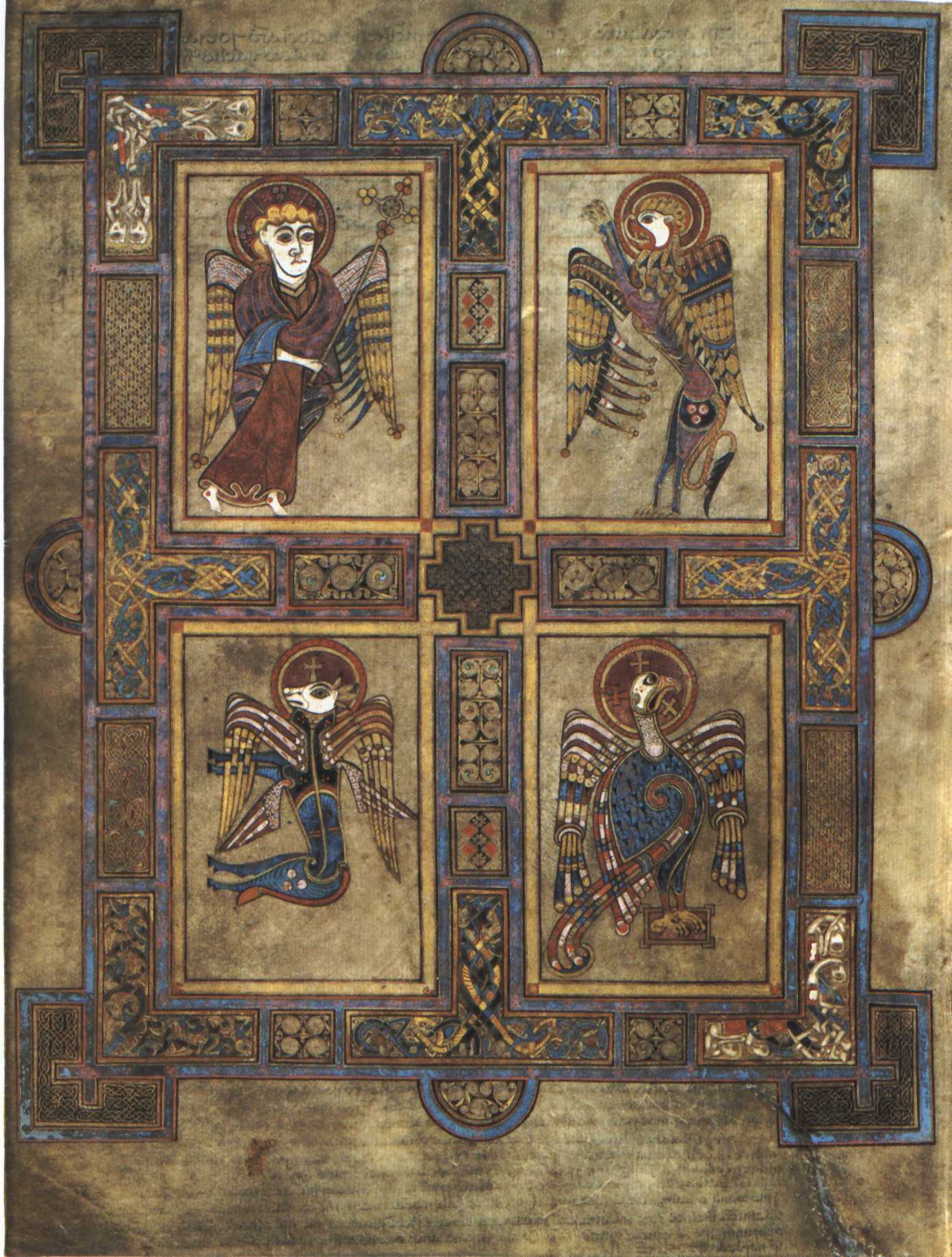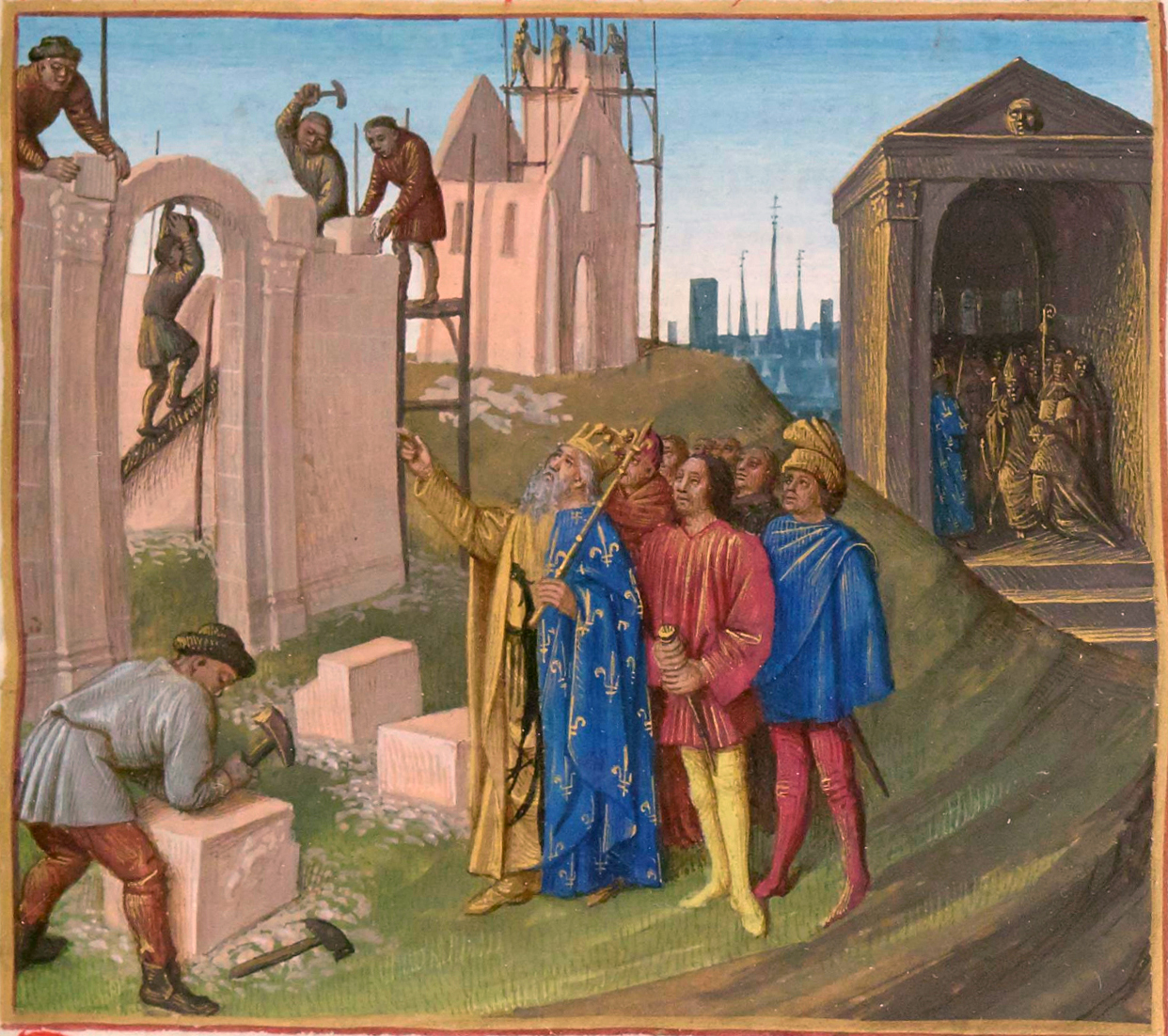|
Rotte (psaltery)
:''See Rotte (lyre) for the medieval lyre, or Rote for the fiddle'' During the 11th to 15th century A.D., rotte (German) or rota (Spanish) referred to a triangular psaltery illustrated in the hands of King David and played by jongleurs (popular musicians who might play the music of troubadours) and cytharistas (Latin word for a musician who plays string instruments). Besides being played in popular music, the church may have used them as well; a letter from Cuthbert, Abbot of Jarrow, England survives, in which he asks an archbishop to send him a ''cytharista'' to play the ''rotta''. The instruments least 10 strings on each side and were held like a harp in front of the musician. Rottes were also described as having 17 stings and 22 strings on each side. The playing position was different from other psalteries, as the Rotte might be held like a harp, leaned sideways (flat against the musician's chest), or rested on the lap. Two styles of rotte have been inferred from images: the f ... [...More Info...] [...Related Items...] OR: [Wikipedia] [Google] [Baidu] |
Rotte (lyre)
:''See Rotte (psaltery) for the medieval psaltery, or Crwth, Rote for the fiddle'' Rotte or rotta is a historical name for the List of early Germanic peoples, Germanic lyre, used in northwestern Europe in the early medieval period (circa 450 A.D.) into the 13th century. The plucked variants declined in the medieval era (spreading less often in manuscripts in the 13th century), while bowed variants have survived into modern times. Non-Greek or Roman lyres were used in pre-Christian Europe as early as the 6th century B.C. by the Hallstatt culture, by Celtic peoples as early as the 1st century B.C., and by Germanic peoples. They were played in Anglo-Saxon England, and more widely, in Germanic regions of northwestern Europe. Their existence was recorded in the Scandinavian and Old-English story ''Beowulf'', set in pre-Christian times (5th-6th century A.D.) and written or retold by a Christian scribe about 975 A.D. The Germanic lyre has been thought to be a descendant of Lyre#Ancient ... [...More Info...] [...Related Items...] OR: [Wikipedia] [Google] [Baidu] |
Ancient Greek Harp
The psalterion (Greek ψαλτήριον) is a stringed, plucked instrument, an ancient Greek harp. Psalterion was a general word for harps in the latter part of the 4th century B.C. It meant "plucking instrument". In addition to their most important stringed instrument, the seven-stringed lyre, the Greeks also used multi-stringed, finger-plucked instruments: harps. The general name for these was the psalterion. Ancient vase paintings often depict – almost always in the hands of women – various types of harps. Names found in written sources include pektis, trigonos, magadis, sambuca, epigonion. These names could denote instruments of this type. Unlike the lyres, the harp was rarely used in Greece. It was seen as an "outside instrument" from the Orient. It also touched on Greek social mores, being used mainly by women, both upper-class women as well as hetaerae entertainers. There was a group of women known as ''psaltriai'', female pluckers of the instrument who could be hi ... [...More Info...] [...Related Items...] OR: [Wikipedia] [Google] [Baidu] |
Santo Domingo De Soria
Santo Domingo de Soria is a Romanesque-style, Roman Catholic church in Soria, Castile and León, Spain. History It was built in the late 12th century above a pre-existing church dedicated to San Tomé, although it was partially renovated in the following centuries, including the century transept and choir area, added in the 16th century when a Dominican convent was founded annexed to the church. It has a façade with two orders of arcades at the sides of the portal, which is surmounted by a rose window. The portal has an elaborated archivolt with Biblical characters and scenes, including the 24 Elders of the Apocalypse, the Massacre of the Innocents, the Youth, the Passion and the death of Christ. The tympanum has representations of the God the father sitting with the Child, four angels with the symbols of the Evangelists, the prophet Isaiah and the Virgin Mary. The capitals on the jambs of the entry feature biblical scenes from the Genesis and the life of Christ. The interior ... [...More Info...] [...Related Items...] OR: [Wikipedia] [Google] [Baidu] |
24 Elders Of The Apocalypse
The Twenty-Four Elders are figures from the Book of Revelation who appear in the ''Revelations'' 4, 5, 7, 11 and 19 of the Christian Bible; in white robes and golden crowns they on sit with musical instruments on thrones before God during the Apocalypse and praise and worship him. Religious scholars have pointed out the thrones indicate that these are beings of power and authority in Heaven, the crowns indicate that their faith has been tested and the white robes indicate that they are clothed in righteousness. They are described in the King James Bible, Book of Revelation 4 as: :4 And round about the throne were four and twenty seats: and upon the seats I saw four and twenty elders sitting, clothed in white raiment; and they had on their heads crowns of gold. :10 The four and twenty elders fall down before him that sat on the throne, and worship him that liveth for ever and ever, and cast their crowns before the throne, saying, :11 Thou art worthy, O Lord, to receive glory and ... [...More Info...] [...Related Items...] OR: [Wikipedia] [Google] [Baidu] |
Stavronikita Monastery
Stavronikita Monastery (, ''Moní Stavronikíta'') is an Eastern Orthodox monastery at the monastic state of Mount Athos in Greece, dedicated to Saint Nicholas. It is built on top of a rock near the sea near the middle of the eastern shore of the Athonite Peninsula, located between the monasteries of Iviron and Pantokratoros. The site where the monastery is built was first used by Athonite monks as early as the 10th century. Stavronikita was the last to be officially consecrated as an Athonite monastery in 1536 and ranks fifteenth in the hierarchy of the Athonite monasteries. It currently has 30 to 40 monks. Name There are various conflicting traditions and stories regarding the monastery's name. According to one Athonite tradition, the name is a combination of the names of two monks, Stavros and Nikitas, that used to live in two cells at the site before the monastery was built. Another tradition recounts of a Byzantine army officer serving under the Byzantine Emperor John I Tzim ... [...More Info...] [...Related Items...] OR: [Wikipedia] [Google] [Baidu] |
Lower Saxony
Lower Saxony is a States of Germany, German state (') in Northern Germany, northwestern Germany. It is the second-largest state by land area, with , and fourth-largest in population (8 million in 2021) among the 16 ' of the Germany, Federal Republic of Germany. In rural areas, Northern Low Saxon and Saterland Frisian language, Saterland Frisian are still spoken, though by declining numbers of people. Lower Saxony borders on (from north and clockwise) the North Sea, the states of Schleswig-Holstein, Hamburg, , Brandenburg, Saxony-Anhalt, Thuringia, Hesse and North Rhine-Westphalia, and the Netherlands. Furthermore, the Bremen (state), state of Bremen forms two enclaves within Lower Saxony, one being the city of Bremen, the other its seaport, Bremerhaven (which is a semi-exclave, as it has a coastline). Lower Saxony thus borders more neighbours than any other single '. The state's largest cities are the state capital Hanover, Braunschweig (Brunswick), Oldenburg (city), Oldenburg, ... [...More Info...] [...Related Items...] OR: [Wikipedia] [Google] [Baidu] |
Toulouse
Toulouse (, ; ; ) is a city in southern France, the Prefectures in France, prefecture of the Haute-Garonne department and of the Occitania (administrative region), Occitania region. The city is on the banks of the Garonne, River Garonne, from the Mediterranean Sea, from the Atlantic Ocean and from Paris. It is the List of communes in France with over 20,000 inhabitants, fourth-largest city in France after Paris, Marseille and Lyon, with 511,684 inhabitants within its municipal boundaries (2022); its Functional area (France), metropolitan area has a population of 1,513,396 inhabitants (2022). Toulouse is the central city of one of the 22 Métropole, metropolitan councils of France. Between the 2014 and 2020 censuses, its metropolitan area was the third fastest growing among metropolitan areas larger than 500,000 inhabitants in France. Toulouse is the centre of the European aerospace industry, with the headquarters of Airbus, the SPOT (satellites), SPOT satellite system, ATR ( ... [...More Info...] [...Related Items...] OR: [Wikipedia] [Google] [Baidu] |
Aachen
Aachen is the List of cities in North Rhine-Westphalia by population, 13th-largest city in North Rhine-Westphalia and the List of cities in Germany by population, 27th-largest city of Germany, with around 261,000 inhabitants. Aachen is located at the northern foothills of the High Fens and the Eifel Mountains. It sits on the Wurm (Rur), Wurm River, a tributary of the Rur (river), Rur, and together with Mönchengladbach, it is the only larger German city in the drainage basin of the Meuse. It is the westernmost larger city in Germany, lying approximately west of Cologne and Bonn, directly bordering Belgium in the southwest, and the Netherlands in the northwest. The city lies in the Meuse–Rhine Euroregion and is the seat of the Aachen (district), district of Aachen ''(Städteregion Aachen)''. The once Celts, Celtic settlement was equipped with several in the course of colonization by Roman people, Roman pioneers settling at the warm Aachen thermal springs around the 1st cen ... [...More Info...] [...Related Items...] OR: [Wikipedia] [Google] [Baidu] |
Origin Of The Harp In Europe
The origins of the triangular frame harp are unclear. Triangular objects on the laps of seated figures appear in artwork of Ireland, Scotland, England and Wales, as well as other parts of north-west Europe. This page outlines some of the scholarly controversies and disagreements on this subject. Scottish origins The connection of Scotland its love of stringed instruments is both ancient and recorded. A Bridge (instrument), bridge thought to be from an Iron Age lyre, and dating to around 300 BC, was discovered on the Isle of Skye which would make it the earliest surviving stringed instrument from western Europe. The earliest descriptions of a European triangular framed harp i.e. harps with a fore pillar are found on carved 8th century Pictish stones.John T. Koch Celtic Culture: A Historical Encyclopedia 2006. Published ABC-CLIO, pp1276. Pictish harps were strung from horsehair. The instruments apparently spread south to the Anglo Saxons who commonly used gut strings and then wes ... [...More Info...] [...Related Items...] OR: [Wikipedia] [Google] [Baidu] |
Master Mateo
Master Mateo (c. 1150 – c. 1200 or c. 1217) was a sculptor and architect who worked in medieval Christian kingdoms of the Iberian Peninsula during the second half of the twelfth century. He is best known now for the Pórtico de la Gloria of the Cathedral of Santiago de Compostela. He was also responsible for the of the cathedral in 1200, later torn down in 1603. Background The earliest information about Maestro Mateo is from an 1168 document in the archives of the cathedral of Santiago, which says that the Master was already working on the Cathedral of Santiago de Compostela, for which he received a large sum of money from King Ferdinand II of León. Very little information remains about his early training, but everything seems to imply that he already had a long career behind him all along the Way of Santiago The Camino de Santiago (, ; ), or the Way of St. James in English, is a network of pilgrims' ways or pilgrimages leading to the shrine of the Twelve Apostles, ap ... [...More Info...] [...Related Items...] OR: [Wikipedia] [Google] [Baidu] |








